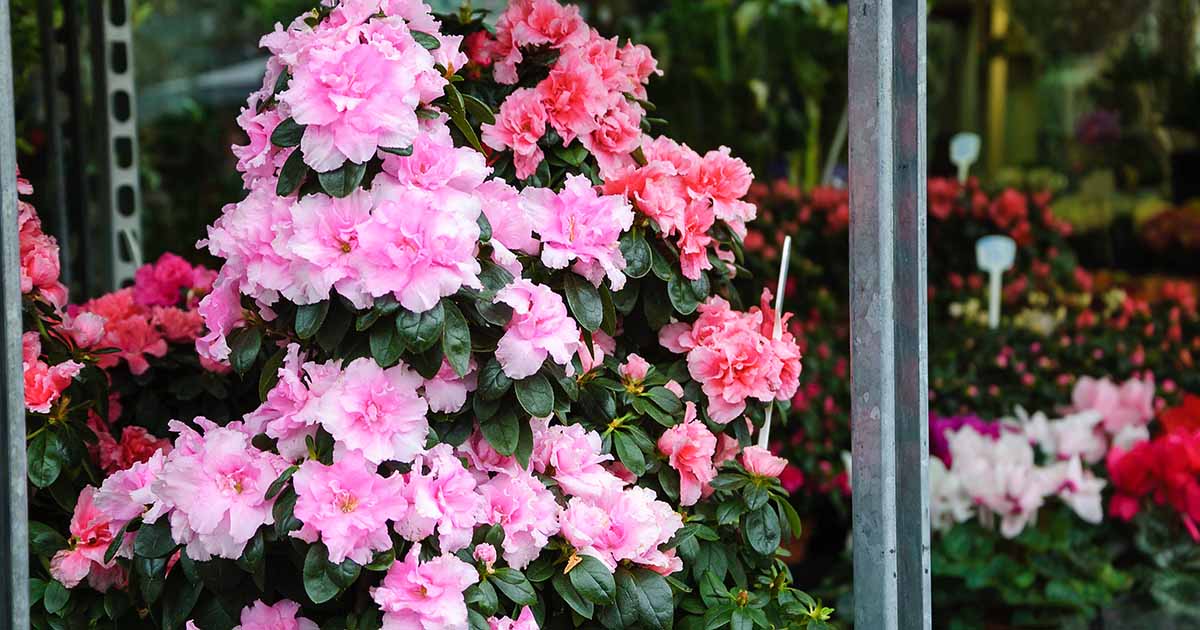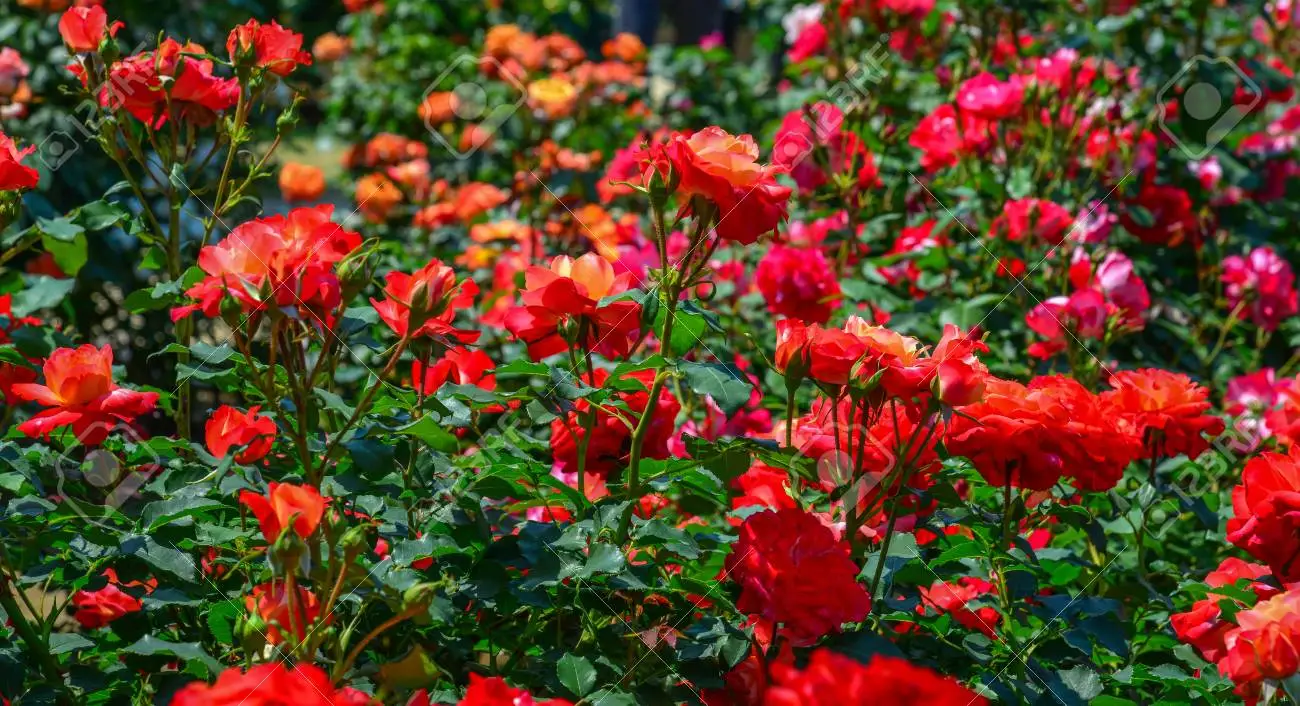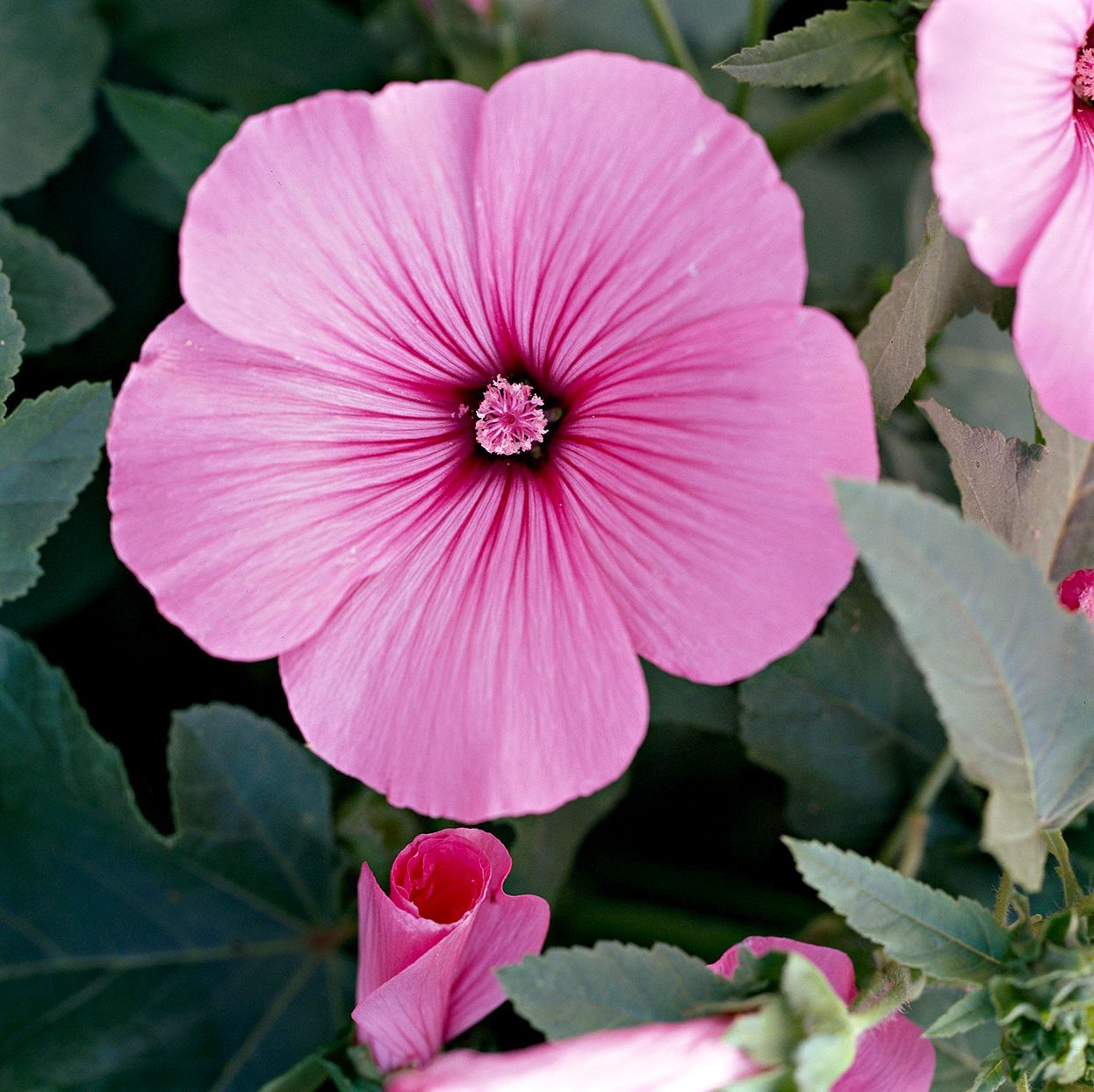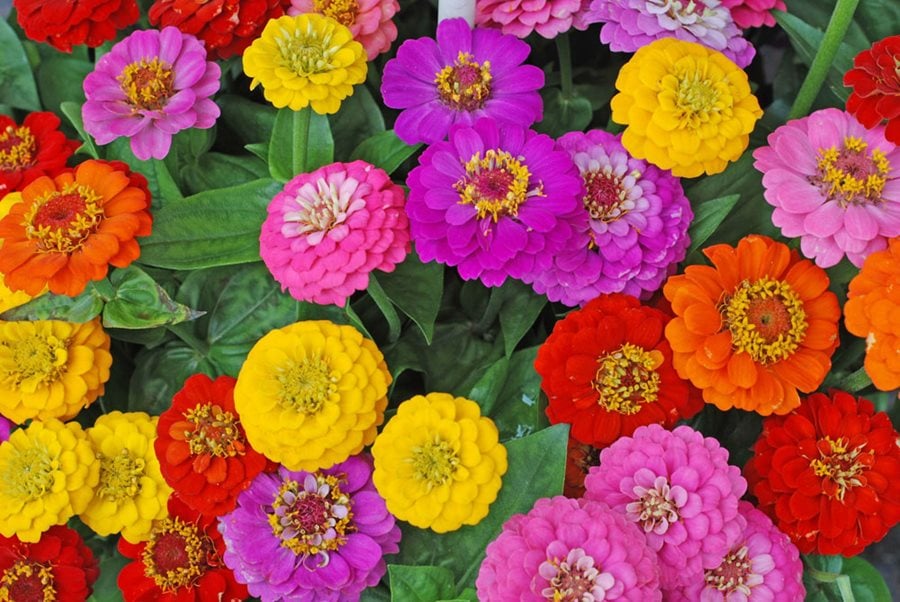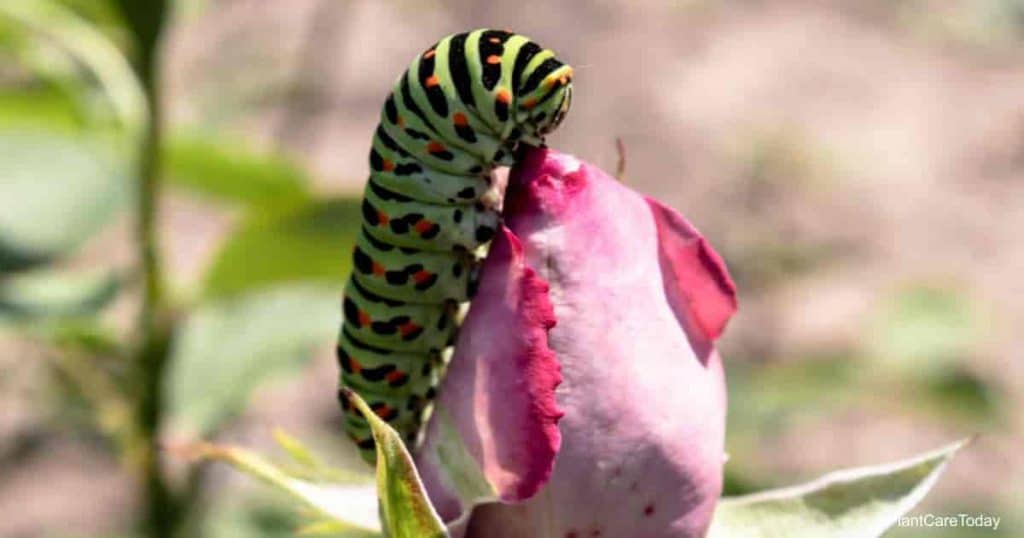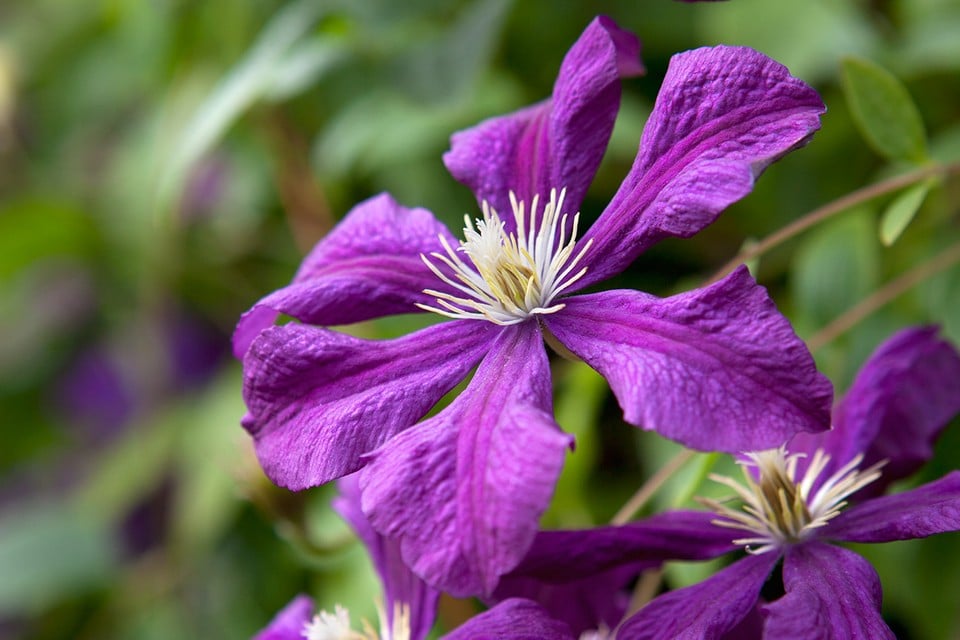Perennial or Annual: Understanding Lavatera Rosea’s Growth Cycle
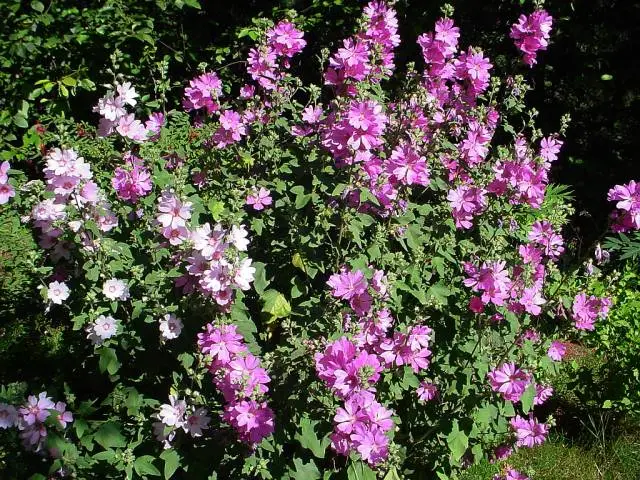
Table of Contents
When you start gardening, you will hear the two most common terms, which are perennial and annual. So before we understand what the lavatera is, let’s understand the difference between the two. Perennial plants are plants that have a longer life cycle and can live for a lot of years or sometimes even decades if well-cared for, whereas annual plants complete their life cycle within one single growing season. This means they grow from seed, produce flowers and seeds, and then die within one year.
Though Lavatera problems, it is a beautiful, charming flowering plant that is often grown for its vibrant color.
So, Is Lavatera Rosea Perennial?
Well, the lavatera Rosea is usually classified as an annual plant, which means it typically completes its life cycle within a single growing season. However, the concept of perenniality in Lavatera Rosea is not entirely easy to understand. It is complicated, as there are a lot of factors that can influence its ability to persist beyond one year. To fully understand what goes into the perennial tendencies of Lavatera Rosea, it’s important to delve into its growth patterns, surroundings, and geographical variations.
Usual Annual Growth Cycle of Lavatera Rosea
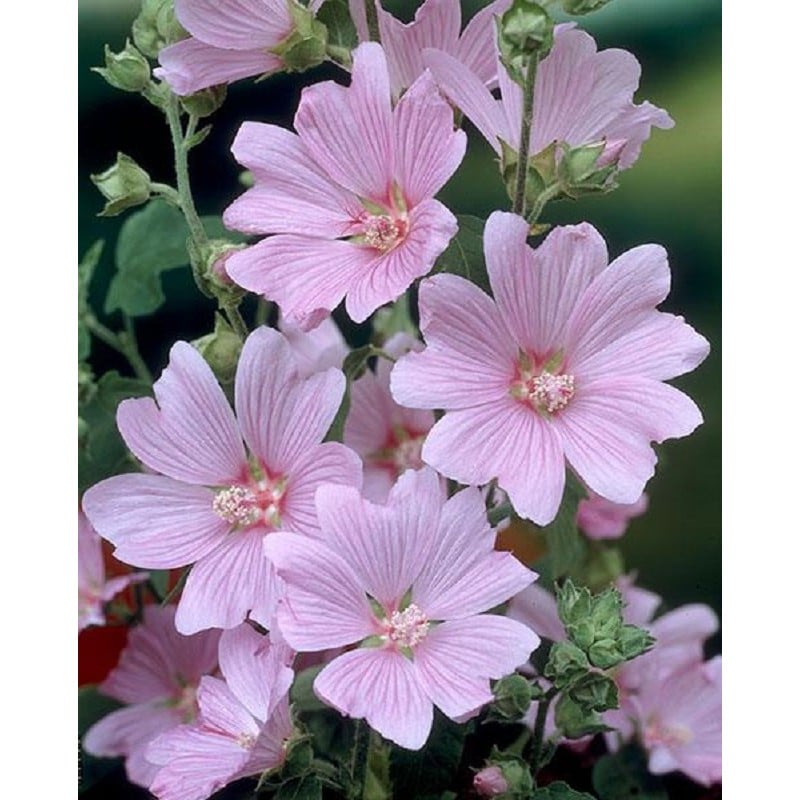
In this type of cycle, Lavatera Rosea follows a well-defined pattern. Here, gardens start by sowing Lavatera Rosea seeds in the season of spring or early summer, and they can sow either directly in the garden or indoors for later transplanting. The seeds germinate and grow into young seedlings, which later develop into robust plants with lush green leaves and thrive.
As time passes, Lavatera Rosea starts to produce its stunning trumpet-shaped flowers. These flowers can have a variety of colors, from pale pink to deep lavender, adding a burst of color to your garden. Lavatera Rosea usually reaches its peak bloom in mid to late summer and continues to flower the entire season. The color of the flower attracts a lot of pollinators like bees and butterflies. This makes your garden filled with visitors who will foster growth in the future.
At the end of the growing season, Lavatera Rosea can start producing seed pods. These pods contain seeds that can easily lead to the next generation of Lavatera plants. The seed pods can split open, scattering the seeds in the surrounding area. This process is very important as it is a key mechanism for self-propagation in annual plants. When the thriving season comes to an end and the drop starts to fall, Lavatera Rosea plants naturally begin to decline and eventually die. This is a main feature of annual plants, as they complete their life cycle within one year and usually don’t survive through the winter.
Different Factors that Influence Perennial Behavior of Lavatera Rosea
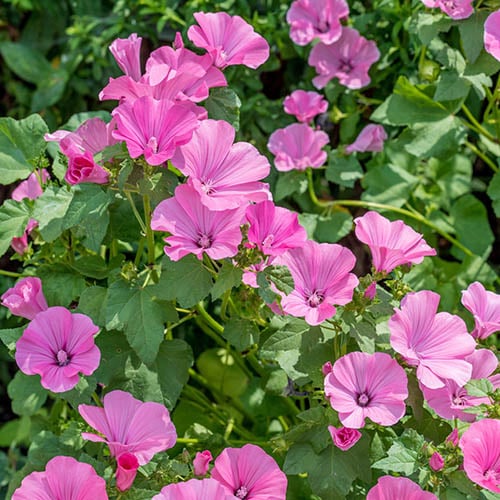
- Winter: Places where the temperature could increase during winter can cause Lavatera to not survive. But Lavatera Rosea can survive through the winter months and continue to grow and flower in subsequent years. Mild winters give a conducive environment for the plant to persist as a short-lived perennial.
- Frost Protection: If you want your Lavatera Rosea to survive, then protect it from frost. You can cover the plant or grow it in a sheltered location, which can increase the chances of Lavatera Rosea surviving the winter. Frost is one of the main threats to the plant’s longevity in colder climates.
- Re Seeding: Well, While Lavatera Rosea is primarily grown as an annual, it is a prolific self-seeder. This means that if the plant is allowed to go to seed and the seeds are not disturbed or removed, new seedlings may emerge in subsequent growing seasons, effectively giving the impression of perennial growth.
- Varietal Differences: Some cultivars of Lavatera Rosea may exhibit slightly greater tolerance to colder temperatures or have a better chance of surviving as short-lived perennials. It’s worth researching specific varieties and their adaptability to your region.
- Microclimates: Microclimates within a garden or landscape can also impact the ability of Lavatera Rosea to behave as a perennial. Areas that have slightly higher temperatures or better protection from wind and frost may offer a more favorable environment for overwintering.
- The Difference of Culture: Proper care of plants, including regular watering, adequate fertilization, and appropriate pruning, can contribute to the overall health and longevity of Lavatera Rosea plants, potentially extending their lifespan beyond a single growing season.
- Soil Conditions: One of the factors that decide the growth and life of plants is that of soil. A good, well-drained soil that is rich in organic matter can improve the plant’s entire growth and resilience, and soil can contribute to the plant’s ability to survive longer.
- Geographic Compatibility: Geographic compatibility plays a huge role in the growth of Lavatera Rosea. The plant is more likely to exhibit perennial tendencies in different geographic zones where winters are relatively mild. Whereas in colder zones, it’s usually grown as an annual due to the risk of frost damage and other different kinds of damage.
Conclusion
Lavatera Rosea comes into the category of an annual plant. It completes the lifecycle into one single growing season. However, its ability to showcase perennial behavior depends on a lot of factors, which include regional climate, protection from frost, self-seeding tendencies, and specific other characteristics. Gardeners who live in mild climates or those trying to experiment may find that Lavatera Rosea can behave as a short-lived perennial.
If you are thinking about growing or expanding your garden, then follow our blog.

